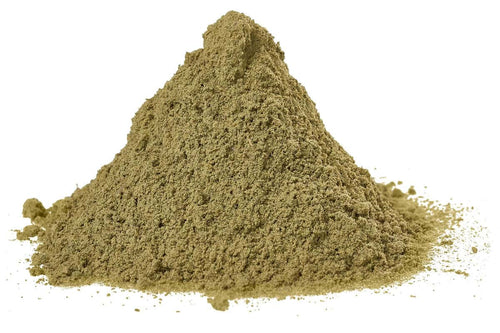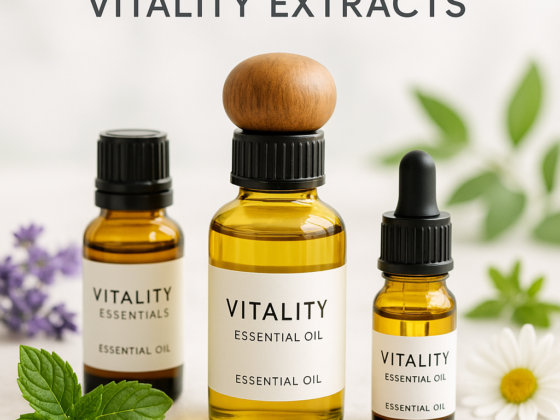Common Mistakes to Avoid When Cultivating Kratom Seeds
The allure of cultivating your own kratom plant, nurturing it from a tiny sprout to a mature, leaf-bearing tree, is undeniable. For enthusiasts and botanists alike, the journey begins with kratom seeds. However, this path is often riddled with challenges, and many aspiring growers find themselves facing setbacks due to common misconceptions and avoidable errors. Growing kratom from seed is a delicate process, demanding patience, precision, and an understanding of its unique biological needs. This guest post will delve into the most frequent pitfalls encountered when attempting to germinate and grow kratom from seed, offering actionable insights to help you achieve a thriving, healthy plant.
The Elusive Nature of Viable Kratom Seeds
One of the most significant hurdles in cultivating kratom is the inherent low viability of its seeds. Unlike many other plant species, a high percentage of kratom seeds are simply not fertile. This biological reality often catches new growers off guard.
Mistake #1: Expecting a High Germination Rate
Many beginners purchase a small packet of kratom seeds expecting a high percentage to sprout, similar to common garden vegetables. This is a recipe for disappointment. Studies and anecdotal evidence suggest that germination rates for kratom seeds can be as low as 1-5%, even under ideal conditions.
Actionable Tip: Always purchase a significantly larger quantity of kratom seeds than you anticipate needing. If you aim for 5-10 successful seedlings, consider starting with hundreds of seeds. This increases your odds of finding the few viable ones within the batch.
Improper Seed Storage and Handling
The journey of a kratom seed from the tree to your growing medium is critical. Improper storage and handling can drastically reduce an already low viability.
Mistake #2: Storing Seeds Incorrectly
Exposure to extreme temperatures, humidity, or direct sunlight can quickly degrade the delicate embryo within a kratom seed. Many new growers might store seeds in open containers or warm, bright locations.
Actionable Tip: Store kratom seeds in a cool, dark, and dry place. An airtight container within a refrigerator (not freezer) is often recommended to maintain their dormancy and preserve viability for as long as possible. Aim for consistent temperatures between 4-10°C (39-50°F).
Mistake #3: Rough Handling During Planting
Kratom seeds are tiny and fragile. Excessive pressure or careless handling during the planting process can damage the embryo, preventing germination.
Actionable Tip: Handle seeds with extreme care. Use tweezers or a fine brush to gently place them on the growing medium. Avoid crushing or breaking them.
Suboptimal Growing Medium and Environment
Once you have viable seeds, providing the right environment is paramount for germination and early growth. Kratom, being a tropical plant, has specific requirements.
Mistake #4: Using the Wrong Growing Medium
A dense, heavy, or nutrient-poor soil mix can suffocate tiny seedlings or prevent roots from establishing. Conversely, a medium that drains too quickly won’t retain enough moisture.
Actionable Tip: Opt for a light, well-draining, and sterile seed-starting mix. A good blend often includes peat moss, perlite, and vermiculite. This provides aeration, moisture retention, and a sterile environment to prevent damping-off disease.
Mistake #5: Incorrect Temperature and Humidity Levels
Kratom thrives in warm, humid conditions. Deviating too far from these parameters can inhibit germination and stunt seedling growth.
Actionable Tip: Maintain consistent temperatures between 24-30°C (75-86°F) for germination. Use a humidity dome or cover your seed trays with plastic wrap to create a mini-greenhouse effect, keeping humidity high (70-90%). A heat mat can be indispensable for maintaining optimal soil temperature.
Mistake #6: Inconsistent Watering Practices
Both overwatering and underwatering are detrimental to delicate kratom seedlings. Overwatering can lead to fungal diseases like damping-off, while underwatering can cause desiccation.
Actionable Tip: Keep the growing medium consistently moist, but never waterlogged. Use a spray bottle to mist the surface regularly, ensuring it doesn’t dry out. As seedlings emerge, gradually reduce humidity and allow the top layer of soil to dry slightly between waterings.
Insufficient Light Exposure
Light is a crucial factor for photosynthesis and healthy plant development, even for tiny seedlings.
Mistake #7: Providing Inadequate Light
Many beginners underestimate the light requirements for kratom, especially during its early stages. Placing seedlings in a dimly lit window might not be enough.
Actionable Tip: Provide at least 12-16 hours of bright, indirect light per day. Fluorescent grow lights (like T5s) or LED grow lights are excellent choices for starting seedlings indoors. Position them a few inches above the seedlings, adjusting as they grow to prevent stretching. Avoid intense direct sunlight on very young seedlings, which can scorch them.
Neglecting Pest and Disease Prevention
Young kratom plants are vulnerable to various pests and diseases.
Mistake #8: Ignoring Early Signs of Pests or Disease
Ignoring small issues can quickly lead to an infestation or widespread disease, especially in a humid environment.
Actionable Tip: Regularly inspect your seedlings for any signs of pests (like spider mites or fungus gnats) or diseases (such as damping-off). Ensure good air circulation to prevent fungal growth. If pests appear, use organic solutions like neem oil or insecticidal soap, applied carefully to avoid harming delicate seedlings.
Conclusion
Cultivating kratom from kratom seeds is a rewarding endeavor, but it demands a meticulous approach and an understanding of the plant’s specific needs. By avoiding these common mistakes – from managing low seed viability and proper storage to optimizing the growing medium, environmental conditions, and pest prevention – you significantly increase your chances of success. Patience, observation, and a willingness to learn are your greatest allies on this botanical journey. With careful attention to detail, you can transform those tiny, often temperamental seeds into vibrant, thriving kratom plants.
Author Bio:
The author is a passionate botanist and horticulturalist with over a decade of experience in cultivating rare and exotic plants. Specializing in tropical and subtropical species, they are dedicated to sharing knowledge and best practices to help fellow plant enthusiasts succeed in their growing endeavors. Their expertise encompasses seed germination, plant propagation, and creating optimal growing environments for challenging species.










